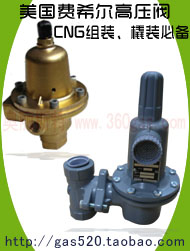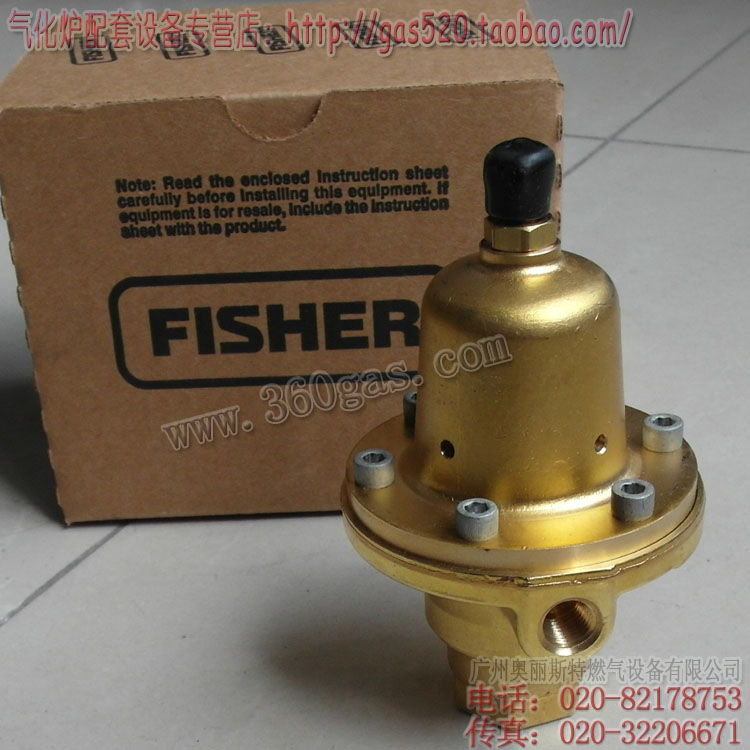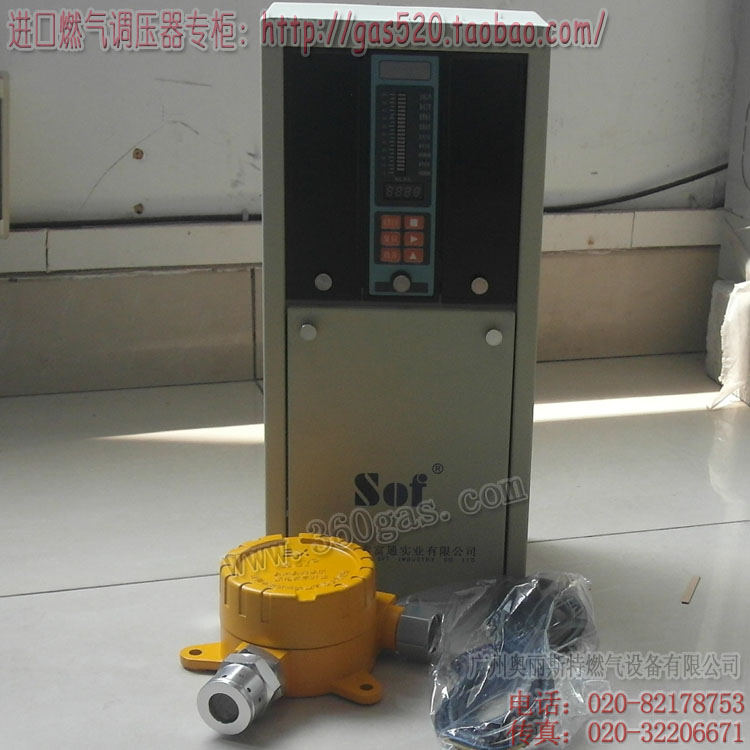位置:首页 > 燃气资讯 > Terntank Orders Tw
Terntank Orders Two More Dual-Fuel Product Tankers for Baltic Shipping
浏览次数 683 , 日期 2014-06-30 , 燃气设备 加入收藏
Terntank Rederi A/S, a Danish-Swedish shipping, chartering and ship management company, has taken up an option to add two sister ships to the two Liquefied Natural Gas (LNG) powered product tankers ordered in the autumn of 2013. All four ships are on order at the Chinese shipyard Avic Dingheng Shipbuilding Co., Ltd, in Jiangsu. The ships will be delivered at three-month intervals with the first to arrive in the spring of 2016 and the fourth in the beginning of 2017.CNG减压器
Terntank elected to declare its two options because there is considered to be a demand for energy efficient and environmentally adapted tanker tonnage. The vessels will be fitted with Wärtsilä RT-flex50DF engines.
By using LNG as fuel it is possible to achieve significant environmental advantages in comparison with low-sulphur marine gas oil, which many shipping companies will be switching to when the more stringent sulphur regulations come into force in 2015. LNG reduces emissions of SOx by 90 per cent, NOx emissions by almost 80 per cent, and particulate matter by over 90 per cent. The newly built ships will also emit 35 to 40 per cent lower volumes of CO2 than a conventional tanker today, reports Terntank.
The ships will be fitted with a low-speed dual-fuel main engine from Wärtsilä with low-pressure technology. The new engine complies with the emission requirements for IMO Tier III without other exhaust emission systems for NOx during the use of LNG. Bunkering will take place ship-to-ship with bunker ships.
Two of the new ships will be long-term chartered by Helsinki-based NEOT (North European Oil Trade Oy). “We believe LNG technology will help us to ensure continuous operations in the Baltic Sea region by meeting the Sulphur Emission Control Area (SECA) requirements that will become binding from the 1st January 2015,” says Satu Mattila, Chartering Manager at NEOT.
“One key issue will be access to LNG as a 100 per cent bunker fuel in order to utilise all the environmental aspects for these vessels. We believe that within our trading area, which is mainly the Baltic Sea area, it could be possible to consider chartering even more LNG powered vessels in the future,” says Satu Mattila.
Terntank elected to declare its two options because there is considered to be a demand for energy efficient and environmentally adapted tanker tonnage. The vessels will be fitted with Wärtsilä RT-flex50DF engines.
By using LNG as fuel it is possible to achieve significant environmental advantages in comparison with low-sulphur marine gas oil, which many shipping companies will be switching to when the more stringent sulphur regulations come into force in 2015. LNG reduces emissions of SOx by 90 per cent, NOx emissions by almost 80 per cent, and particulate matter by over 90 per cent. The newly built ships will also emit 35 to 40 per cent lower volumes of CO2 than a conventional tanker today, reports Terntank.
The ships will be fitted with a low-speed dual-fuel main engine from Wärtsilä with low-pressure technology. The new engine complies with the emission requirements for IMO Tier III without other exhaust emission systems for NOx during the use of LNG. Bunkering will take place ship-to-ship with bunker ships.
Two of the new ships will be long-term chartered by Helsinki-based NEOT (North European Oil Trade Oy). “We believe LNG technology will help us to ensure continuous operations in the Baltic Sea region by meeting the Sulphur Emission Control Area (SECA) requirements that will become binding from the 1st January 2015,” says Satu Mattila, Chartering Manager at NEOT.
“One key issue will be access to LNG as a 100 per cent bunker fuel in order to utilise all the environmental aspects for these vessels. We believe that within our trading area, which is mainly the Baltic Sea area, it could be possible to consider chartering even more LNG powered vessels in the future,” says Satu Mattila.








